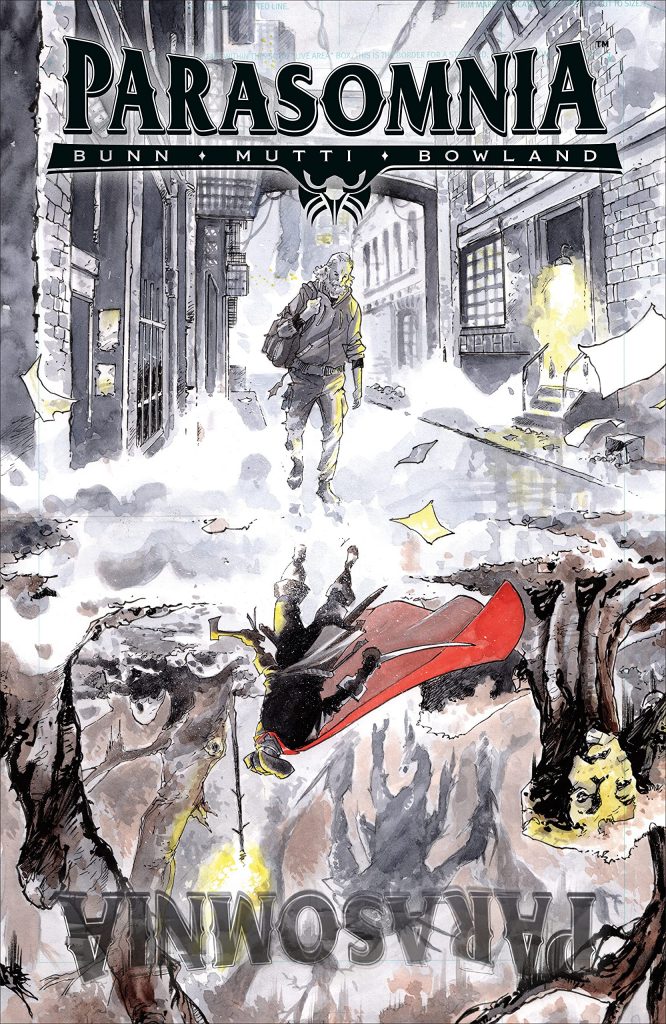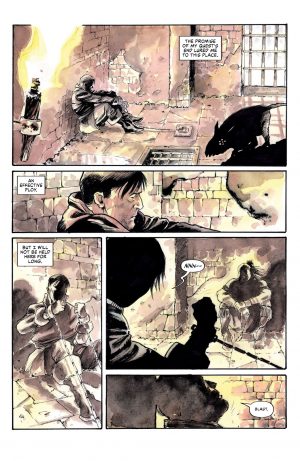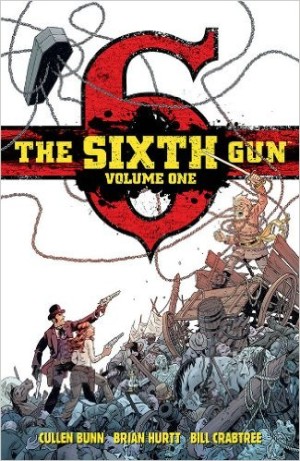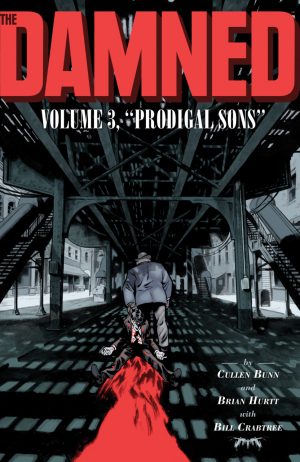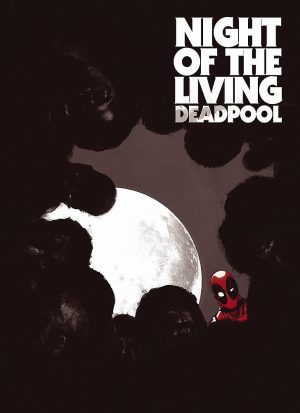Review by Frank Plowright
Parasomnia starts with an elderly homeless man being assaulted by three thugs, before switching to an equivalent of the 18th century where a masked man is set upon by a trio of footpads. Cullen Bunn draws connections between the two places, a missing boy key to each, and a large poster campaign also relevant in each realm. So, are they connected by the young man seen in a coma? Other connections are made as the story continues, and gradually contrasts and counterparts are introduced.
The sense of a mystery to which the solution is just beyond reach is perpetuated by Andea Mutti. Despite mentions of imaginary places he supplies a solidity to proceedings, convincing that everything is real, be it an 18th century village or a homeless shelter in the present day. His people have character, often sadness, and he includes enough disturbing images to keep reminding readers that this is a horror story.
For all the trappings, the most prominent horror and the engine driving Parasomnia is the real world terror of a missing child, which Bunn covers well, noting the helplessness and recriminations. Also nice is the contrast between the capabilities of people in different realms, with a magical terror infesting the dream world. However, for all the intrigue Bunn doesn’t make things easy for readers in what’s only the opening shot of a larger story. Subtexts include the power of dreams, and there seems to be a reliance of the old question of whether the dreamer can be separated from the dream. A continuation is planned, but a cover indication that this isn’t a complete story would have been more honest on Dark Horse’s part. What there is intrigues, but a few more connections need solidified in the next collection.
